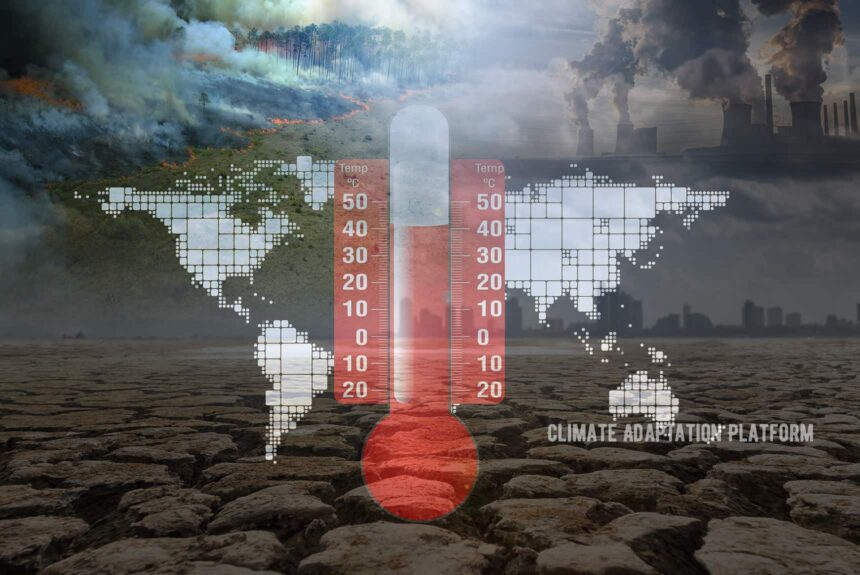The year 2022 has seen a series of climate emergencies.
A category 4 storm hit Florida. Catastrophic floods inundated a third of Pakistan. Extreme droughts in China dried its river beds and streams. In the UK, blistering temperatures have melted train tracks and airport runways.
While the rising number of natural disasters calls for building more resilience and preparation before the climate change consequences strike, disaster-related actions remain focused on post-disaster recovery rather than proactive adaptation and prevention.
The WEF article highlights the importance of shifting from a post-recovery mindset to investing in risk adaptation and prevention to save lives, livelihoods, and resources and reduce losses. The article says every dollar spent on risk adaptation will save around $6 to $13.
The article explains the role of insurance in building resilience in the face of systemic risks brought by climate-related disasters from sea-level rise and heat waves that can make cities unlivable and which demand systemic and community-wide solutions.
The role of insurance and the need to broaden it to address the risks posed by climate change is recognised and pushed during COP27.
New insurance approaches are also being developed to address risk from heatwaves, and new risk transfer models to expand flood and wildfire coverages are also being piloted.
Community-level changes through building codes, zoning laws, and other ordinances are also essential climate adaptation strategies guiding where and how infrastructure and residential development should occur and can save citizens and communities millions of dollars.
The article cites a FEMA study that revealed hazard-resistant building codes could prevent at least $3.2 billion yearly in weather-related losses by 2040. An actual event in Babcock Ranch also supports the study findings. This Florida town withstood and remained unscathed by a Category 4 hurricane because of the unique stormwater management design that mimicked natural systems.
Lastly, as climate-related events increase – according to the UN, a five-fold increase in natural disasters in the last 50 years calls for more proactive climate adaptation measures, including new insurance approaches.
Better insurance coverage could be an effective tool in mitigating substantial economic losses incurred by increases in climate-related events and disasters.
Source:
Climate change: How to shift from disaster recovery to prevention, resilience and risk reduction. (2023, January 6). World Economic Forum. Retrieved from https://www.weforum.org/agenda/2023/01/climate-change-risk-resilience-prevention-davos2023/



Leave a Reply